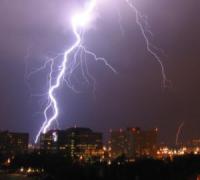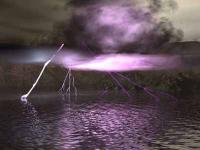The state of Michigan’s suggestion, “Don’t Veer for Deer” is a very appropriate theme throughout the United States, especially at this time. October through December, (November being the highest-rated month) are the busiest times for mishaps involving deer. Statistics show that since 1993, (fifteen years) Texas registered the most deaths from deer-related accidents, with 227; Wisconsin recorded 123 deaths, and Pennsylvania had 112 deaths.
It’s not the fault of the deer; urban sprawl is taking over their habitat in many parts of the country. Combining hunting season with deer breeding season increases the number of deer moving about. State Transportation Agencies post deer crossing signs in heavy populated deer environments. High fences are another deterrent for deer; however, these prove to be very expensive.
Deer are spooked by the sound of their hooves on pavement, become blinded by car lights, and cannot judge the speed or distance of vehicles.
Helpful reminders for all of us during this season, as we travel down the highways or country roads:
- Slow down and be attentive.
- Remember, dawn and dusk are prevalent times of day when deer are active.
- Don’t rely on deer whistles; they have been proven to not be effective.
- If you see a deer approaching your lane, do not swerve; many deaths have occurred when vehicles veered into other cars, or flipped out of control.
- Again, brake and hold the wheel straight!
- If you injure a deer, do not attempt to help it. Pull over, and call the police or highway patrol. Animals that are hurt may hurt you!
- No one wants to kill an animal with their car; however, it is better that the animal is killed or injured, rather than humans.
Compared to statistics of drunk driving accidents, (which we will address soon), deer accidents are a small highway safety problem. However, preventing this type of incident is important to everyone; if this helps just one of you stop and think about how you can prevent colliding with a deer, it is worth the time.
You will be alive and well, and Bambi, his mom, and dad will be, too!


